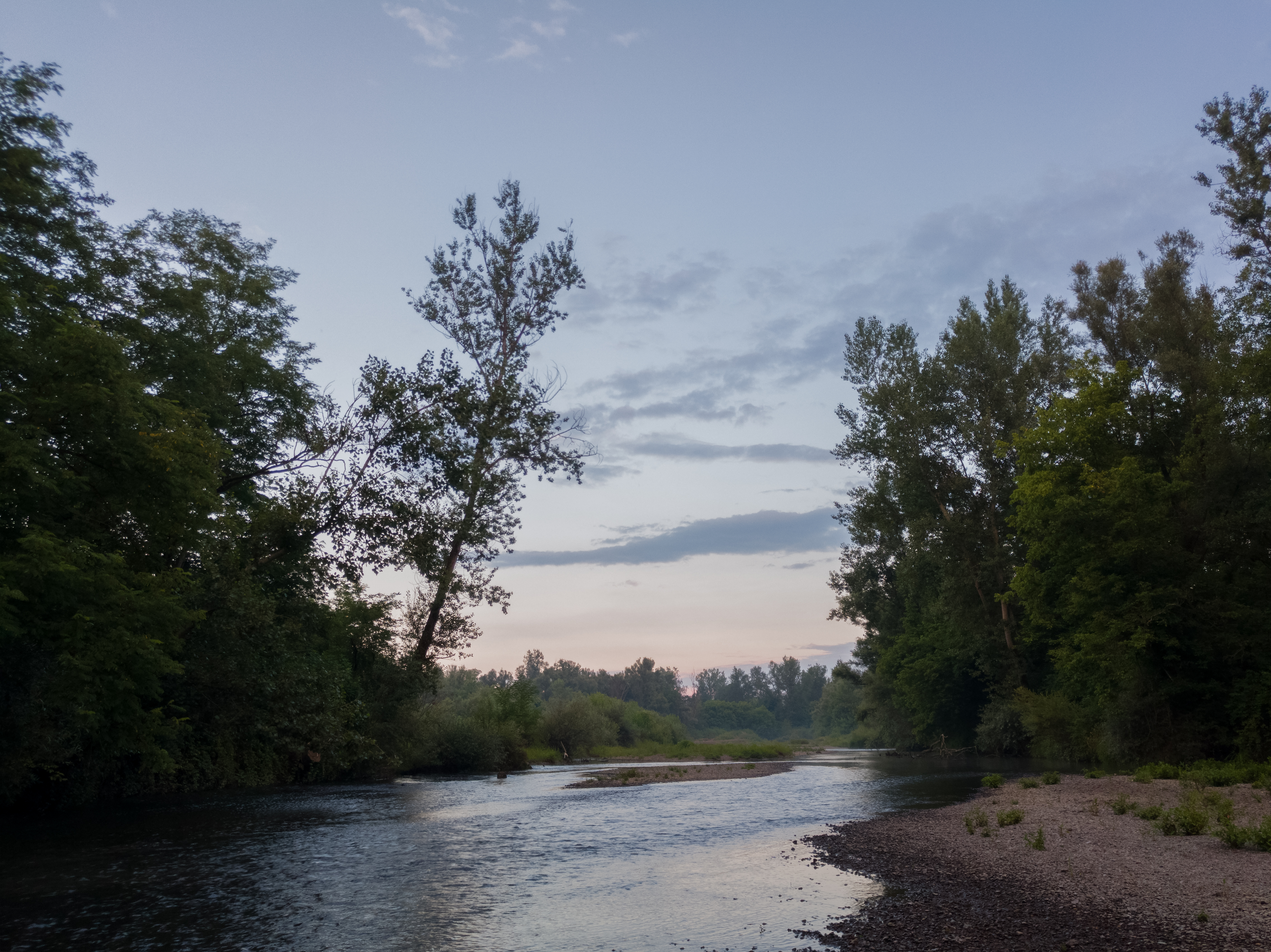 A riparian forest buffer is the natural vegetation existing along the banks of water systems. They thrive next to a lake, stream, or wetland whose channels or banks are sufficiently stable. They can include a mixture of trees and shrubs, and even those that produce a harvestable crop. Within forest buffers, riparian herbaceous cover refers more specifically to the vegetation of grasses, ferns, and sedges which is often located closest to the water and between natural aquatic and upland habitats. These areas should be created and maintained with native plant species to the greatest extent possible.
A riparian forest buffer is the natural vegetation existing along the banks of water systems. They thrive next to a lake, stream, or wetland whose channels or banks are sufficiently stable. They can include a mixture of trees and shrubs, and even those that produce a harvestable crop. Within forest buffers, riparian herbaceous cover refers more specifically to the vegetation of grasses, ferns, and sedges which is often located closest to the water and between natural aquatic and upland habitats. These areas should be created and maintained with native plant species to the greatest extent possible.
Riparian zones provide a number of benefits for conservation and ecosystem health beyond sequestering carbon within soil. They act as the primary defense for water systems against polluting elements and help maintain them in their natural conditions. They support local wildlife by providing organic materials for food and habitats, and their root systems stabilize banks to prevent erosion, filter runoff and slow water flow, and reduce the damage and costs of flooding. By planting and supporting native plants within buffer zones, riparian forests also promote soil health and maintain soil's normal carbon cycles by absorbing nutrients from water flows and cycling it through the reinforced soil. These benefits cumulatively improve the productivity of farmland and the overall value of property.
Learn more about the benefits of riparian forest buffers and how they can be restored and maintained, and learn more about the same for riparian herbaceous cover.
The following sections highlight some of the most applicable and effective methods for the Sacramento region and provide access to additional sources to learn more.
